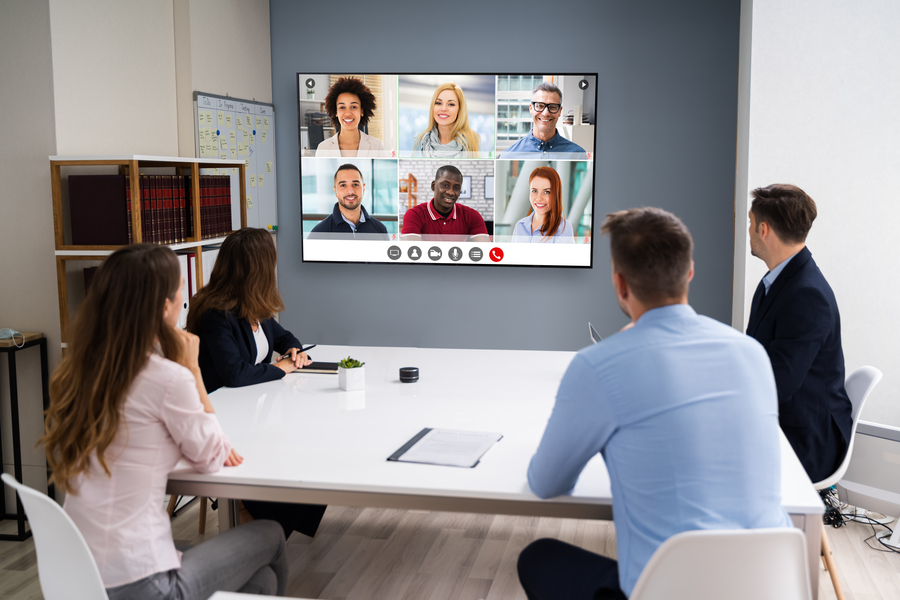The initial step in successful camera placement is to locate vulnerable areas within the store. Such locations often consist of entrances and exits, cash counters, and sections where high-value items are showcased. By installing cameras in these areas, store owners can observe customer actions and spot suspicious activities. Additionally, surveillance systems at entry points can capture images of individuals entering and exiting the store, which is essential for recognizing possible shoplifters. This proactive approach aids in minimizing theft and ensuring a safe atmosphere.
A further important factor is the kind of surveillance device used in the retail space. Different types of cameras fulfill distinct purposes. For example, dome surveillance cameras are commonly used for internal monitoring because they are more noticeable and can monitor a broad area. On the other hand, bullet surveillance cameras are best for external use, as they are much conspicuous and can discourage illegal activity. Retailers should assess their specific requirements and select the suitable surveillance device types to ensure comprehensive coverage of the store.

In addition to camera types, the angle and height at which cameras are installed have a crucial part in their efficacy. Surveillance devices should be set at a height that allows for unobstructed visibility of faces and activities without being easily manipulated with. A typical suggestion is to install cameras at least eight to 10 ft off the floor. Furthermore, cameras should be angled to monitor as wide space as possible while avoiding blind spots. This tactical placement ensures that all zones of the retail space are monitored, providing a complete view of try these out customer interactions and possible safety threats.
Finally, it is essential for store owners to consistently assess and maintain their surveillance systems. This entails inspecting camera functionality, ensuring that footage are high-quality, and updating software as required. Routine maintenance helps to avoid mechanical issues that could compromise safety. Additionally, store owners should analyze recordings periodically to identify trends in customer behavior and possible safety risks. By staying vigilant and mindful to their surveillance systems, store owners can establish a safer shopping atmosphere and protect their assets efficiently.